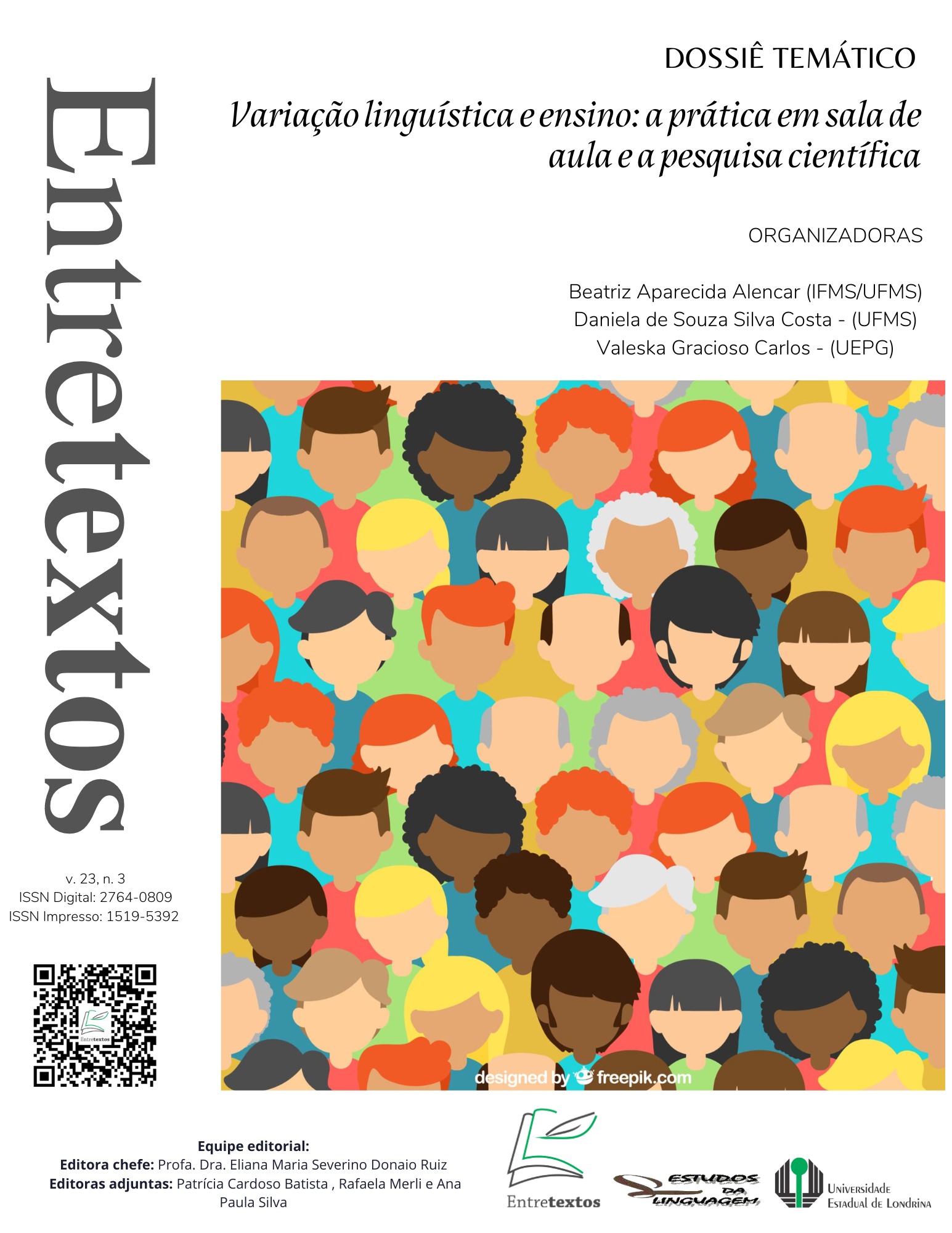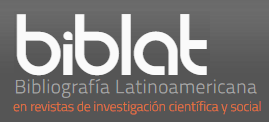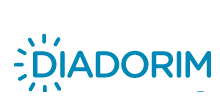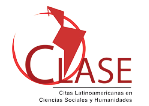Retroactive-propeller sequencers E, AÍ and ENTÃO in the mother tongue classroom
DOI:
https://doi.org/10.5433/1519-5392.2023v23n3p137-157Keywords:
Variationist Sociolinguistics, Teaching, Backward-forward sequencingAbstract
This article has as its central object the phenomenon of retroactive-propulsive sequencing (Tavares, 2003), focusing on the sequencers E, AÍ and ENTÃO. It aims to analyze the uses of these linguistic forms in the speech and writing of students in the sixth year of elementary school (final years) and, based on this survey, propose a didactic activity that minimizes students' difficulties in using these connectors, especially in writing formal. To this end, the research is anchored in the assumptions of Variationist Sociolinguistics (Labov, 2008 [1972]) and Educational Sociolinguistics (Bortoni-Ricardo, 2004). The statistical results, measured using multinomial logistic regression models on the R platform, showed the favoring of AÍ in an intertopic context; the favoring of E in an intratopic context; in written texts; and in the subfunctions completion and introduction of effect. Based on these results, we proposed a didactic alternative to analyze the phenomenon of retroactive-forward sequencing in the classroom and to relate sequencing strategies to the discursive contexts involved.
Downloads
References
BORTONI-RICARDO, S. M. Educação em língua materna: a sociolinguística na sala de aula. São Paulo: Parábola Editorial, 2004.
BORTONI-RICARDO, S. M. Tem a sociolinguística efetiva contribuição a dar à educação? In: BORTONI-RICARDO, S. M. Nós cheguemu na escola, e agora? São Paulo: Parábola Editorial, 2005.
BRASIL. Ministério da Educação. Base Nacional Comum Curricular. Brasília, 2018.
CAUSOS DE CORDEL. A Lenda Da Comadre Fulozinha Cordel Animado. Youtube, 2019. Disponível em: https://www.youtube.com/watch?v=KcxOl1H7KSY. Acesso em: 05/08/2021.
ELFF, M. Mclogit: Multinomial Logit Models, with or without Random Effects or Overdispersion. 2022. Pacote R versão 0.9.4.2. Disponível em: https://CRAN.R-project.org/package=mclogit.
GUY, G; ZILLES, A. Sociolinguística quantitativa: instrumental de análise. São Paulo: Parábola, 2007.
KOCH, I. G. V.; TRAVAGLIA, L. C. A coerência textual. 17. ed. São Paulo: Contexto, 2006.
LABOV, W. Padrões sociolingüísticos. São Paulo: Parábola Editorial, 2008 [1972].
MARCUSCHI, L. A. Da fala para a escrita: atividades de retextualização. 5.ed. São Paulo: Cortez, 2004.
NETO, F. Gente, assim, vamos conversar (Tweet). 2021. Twitter. Disponível em: https://twitter.com/felipeneto/status/1405733593385639945. Acesso em: 23 jul. 2021.
R CORE TEAM. R: A language and environment for statistical computing. R Foundation for Statistical Computing. Vienna, Austria. 2022. Disponível em: https://www.r-project.org/about.html. Acesso em: 22 dez. 2023.
RISSO, M. S. A recorrência da informação como fator de coesão no diálogo. Alfa: Revista de Linguística, São Paulo, 34: 75-84, 1990. Disponível em: https://periodicos.fclar.unesp.br/alfa/article/view/3830. Acesso em: 22 dez. 2023.
SLEIPNIR. Portal dos mitos, 2015. Comadre Fulozinha. Disponível em: https://portal-dos-mitos.blogspot.com/2015/06/comadre-fulozinha.html. Acesso em: 05/08/2021
TAVARES, M. A. A gramaticalização de E, AÍ, DAÍ e ENTÃO: estratificação/variação e mudança no domínio funcional da sequenciação retroativo-propulsora de informações - um estudo sociofuncionalista. 2003. 307 f. Tese (Doutorado em Linguística), Universidade Federal de Santa Catarina, Florianópolis, 2003.
WEINREICH, U.; LABOV, W.; HERZOG, M. Fundamentos empíricos para uma teoria da mudança linguística. Trad.: Marcos Bagno; revisão técnica: Carlos Alberto Faraco. São Paulo: Parábola, 2006.
Downloads
Published
How to Cite
Issue
Section
License
Copyright (c) 2024 Priscila Medeiros, Juliene Pedrosa

This work is licensed under a Creative Commons Attribution 4.0 International License.
Entretextos adota a Licença Creative Commons Attribution 4.0 International, portanto, os direitos autorais relativos aos artigos publicados são do/s autor/es.
Sob essa licença é possível: Compartilhar - copiar e redistribuir o material em qualquer suporte ou formato. Adaptar - remixar, transformar, e criar a partir do material, atribuindo o devido crédito e prover um link para a licença e indicar se mudanças foram feitas.
























